If you love WordPress CMS but you want the power of Shopify's…
9 Proven Shopify Tips To Increase Store Conversions in 2025

Starting a Shopify store for the first time can be a fun and nerve-wracking experience, especially if you need to grasp all the Shopify tips and tricks that give you the leverage to create a better online store.
Among the biggest mistakes new store owners make are over-optimizing the wrong things while forgetting some essentials.
This article aims to break down the Shopify tips that will help you grasp the basics and ensure you stay focused on the right things.
Table of Contents
Remove logos with the draw tool.
Shopify allows you to draw on your product photos. A helpful way to utilize this feature is to remove logos from your photos.

For instance, placing a logo on a white background photo and using the white brush can be an ingenious way to remove the logo easily.
Although not all photos will have the logo on a plain white background.
At times, the logo is on a photo. The good thing is that the color picker enables you to add any color code to correspond to and trace the precise color.
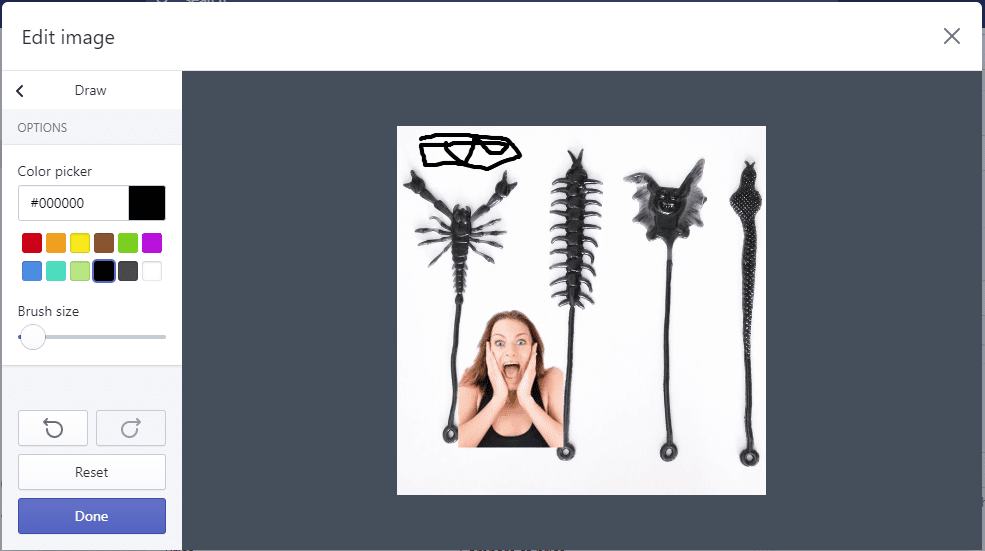
The easiest way to know the correct color code is to use a Chrome extension like ColorZila.
IColorZila allows you to hover over a color in a picture and capture the exact color code.
Place this color code in the color picker box where you see the letters # fffffffffff. This code helps remove logos from photos with colored backgrounds.
Change the cost from 26.99 to solid. 27
In their attempt to seem affordable, most online store owners add cents to all their prices.
Walmart, for example, tends to price its products at $0.97, while the average online store owner prices their products at $0.99.

Adding cents might help make your brand appear more affordable if you’re trying to position your brand as a bargain.
Nevertheless, not all dropshipping brands need to play the budget game.
Like Nike, you can enhance your brand’s reputation by posting reasonable prices.
Fortunately, the pricing of your products on Shopify is automated.
Suppose you need all your prices to end in .97, like Walmart, or .99, like the average budget brand, or a decent number to seem more professional. In that case, the Shopify setting lets you make it happen automatically.
You can execute this in Settings > General > Store Currency > Change Formatting. Set the decimal to your preference.
Add all your policies to the footer.
Among the most important things new store owners need to remember to do is add policies to their website.
When customers browse websites, they are often interested in the return policies to ensure they can get a refund. In the worst-case scenario, the products are defective.
Policies also add a sense of legitimacy to your website. It helps engender trust.
Fortunately, you might not need to create your policies from scratch.

You can use or modify the ones in your Shopify admin.
Nevertheless, you are still required to adhere to the policies outlined on your website.
If you accept refunds in your policies, you must provide refunds when a customer requests them.
Policies are in your Settings under Legal.
Update your product inventory monthly.
With one-click product import, people often get excited and add hundreds of products in one go. Heck, you have made the mistake of adding hundreds of products to your store only to be overwhelmed by the process.
Shopify Tips: Slow Down a Bit.
You must focus on adding more than 25 products to your online store on your first day. It is tempting to add them all, but you are likely to succeed if you focus on a smaller batch first.
Then, add new products every month or weekly, depending on the time you have available to work on your store.
You want to signal to Google, the powerhouse of organic traffic, that your website is regularly updated.
If you post all your products at one go and never post product(s) again, Google captures that you are getting traffic, but they need to see the need to crawl your website.
Add new pages, blog posts, or products regularly on your website; Google’s crawlers know it.
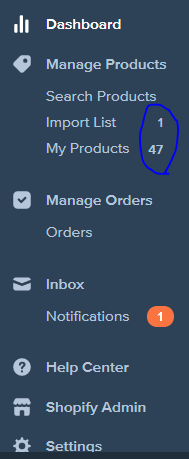
The more active your website appears, the more frequently you update it, and the more viral traffic you’ll attract to your website.
As an online retailer, devise a schedule outlining how often you can add new products. Adding one new product a day is excellent.
The goal is to establish a long-term strategy to capitalize on organic search traffic.
Promote on free channels if you need more cash.
If you run an online store for the first time, you want to make money as fast as possible, which is the case with most first-timers.
And so ambitiously, you turn to Facebook Ads to hear your first cha-ching. However, if you have never created a Facebook Ad, the first one is bound to result in an ‘Oh no!’
You must be careful with your spending if you intend to grow your bank account.
First, embed your Facebook Pixel on your website. Second, create a retargeting ad on your website.
That could be an add-to-cart retargeting ad, which tends to have the highest conversion rate.
To avoid overspending, focus your efforts on generating free traffic to your website.
Use your Pinterest account to post a ton of products. Ensure that you pin other images as well; this prevents your account from being flagged as spam.
You want to promote hard and still adhere to the terms of service while at it.
Post your products on Instagram, as well.
If you already have a following on Instagram, share links to your products in Instagram Stories.
Research suggests that fan pages may have lower ad rates than models.
If you have created blog content for your website, you can share it using your Twitter account. Try running retargeting ads that target blog content exclusively, in case people don’t realize you also have a store attached to your website.
Retargeting ads and driving free traffic help keep your ad costs low initially as you learn how to promote your online store.
It will curb overspending of money you don’t have. It is about giving you the room to develop the crucial foundational marketing skills necessary for long-term success without the uncertainty of incurring debt.
Although this can be a long-term, slow process, it can also help build a profitable online store by reducing your likelihood of incurring losses on acquisition costs.
Always test your store’s mobile settings.
It is essential to double-check to see what your website looks like on mobile before running your first ad campaign.
For example, when you create an advertisement, it should attract your attention. Some people might view the ad on tablets or phones, but not everyone will view the website on a laptop.
Failure to conduct mobile testing is why you might notice that images need to be resized appropriately when looking at your website on a different device.
Knowing that the model’s face in the picture is cut off might lead you to crop the photo differently so that it appears in the same format as the desktop version.
You need Mobile testing, especially if your primary traffic sources are influencer marketing ads or traffic from apps like Pinterest or Instagram.
To test on mobile, techniques such as visiting your website on your phone or tablet, browsing every page of your site while monitoring the amount of scrolling required on each page, looking for hidden calls to action, and optimizing image sizes are handy.
Install ready-made products in your store.
If you are new to Shopify or are considering signing up, you might need to learn the product(s) to sell. Some online retailers buy bulk inventory at wholesale prices.
Other Shopify store owners sell unique products that they create themselves. You can also generate print-on-demand products, allowing you to customize your own or browse millions of options. You can start selling the same day without needing to purchase inventory.
Selling proven products is the fastest way to start an online store.
You can begin by viewing trending products to find the best-selling items currently available, and browsing products by examining their order volume to determine their popularity.
Selling proven products gives you a head start on success, rather than trying to create your own.
Arrangements made by some manufacturers, such as selling products, don’t require you to purchase inventory upfront.
You only pay for the product once it is sold to a real, paying customer. This helps keep startup costs low, making it more affordable for the average person to start a business.
Customize the theme as little as possible.
Shopify lets you customize your item in any way you wish—impressive! However, just because you can customize it in any way does not mean you should.
Thus, if you’re a new entrepreneur, one of the Shopify tips recommends customizing your store as efficiently as possible.
Professional designers create the theme you install in your store.
The fact that it worked well enough for you to install it means it also portends excellent potential in converting customers.
In theme design, focus on selecting images that are relevant to your brand. If your theme works best for a specified number of products, optimize your store for that number or change your item.
The biggest lesson from this is that if you lack design skills, you can rely on your theme’s designer for assistance.
The best-converting store retains most of its theme design, updates a few images, and makes slight modifications to the homepage layout.
The store’s Google fonts, color palette, and overall appearance can remain unchanged.
Companies hire professional designers to modify the look of their websites. If it’s not broken, don’t fix it. Save your energy for promoting your business.
Create a text logo.
By all means, you do need a logo. However, examining a new store’s logo often reveals that the owner lacks design skills. Use a logo maker to create a logo for you.
It helps you design a logo without needing design skills.
One of the biggest mistakes is when individuals have a colored store background and download their logo as a .jpg file instead of a .png file. This results in an awkward white box around the logo.
It makes you a dead giveaway for being a total newbie.
You put a lot of work into choosing your name and designing a logo that looks great. It is critically important to emphasize that having a text-based logo without an image is okay.
Are you enjoying these free Shopify tips? Continue reading. There is more.
As a store owner, you’ll be wearing many hats. And if you are building a print-on-demand store, design skills are one of those hats. You do not need to be a great graphic designer. Could you keep it simple?
It would be best if you were also looking for image resolution. Many stores will have pixelated logos because they need to create an emblem of the right size for the platform.
Each theme has dimensions for optimizing your logo. Contact the theme creator to help you check the logo proportions.
Conclusion
These Shopify tips are molded to help simplify running a successful online store.
By applying some of these tips to your Shopify store, you can establish a solid foundation, setting you up for success. Your online store can be smaller than your competitors from the get-go.
Build up over time to become a bigger brand, starting with a simple store design that utilizes text-based logos, ready-made templates, and a limited product selection.
Your success largely depends on your determination to succeed. Therefore, get your products in front of as many eyeballs as possible to help your online store’s sales grow.
When implemented, the above tip can help you share the same story as this: How a student builds a $800k Dropshipping Business.
Did you learn something new covered in these Shopify tips? If yes, comment below with your thoughts or questions.
Also, remember to sign up for Shopify 14 14-day free trial to start your dropshipping store.
Start Shopify For Only
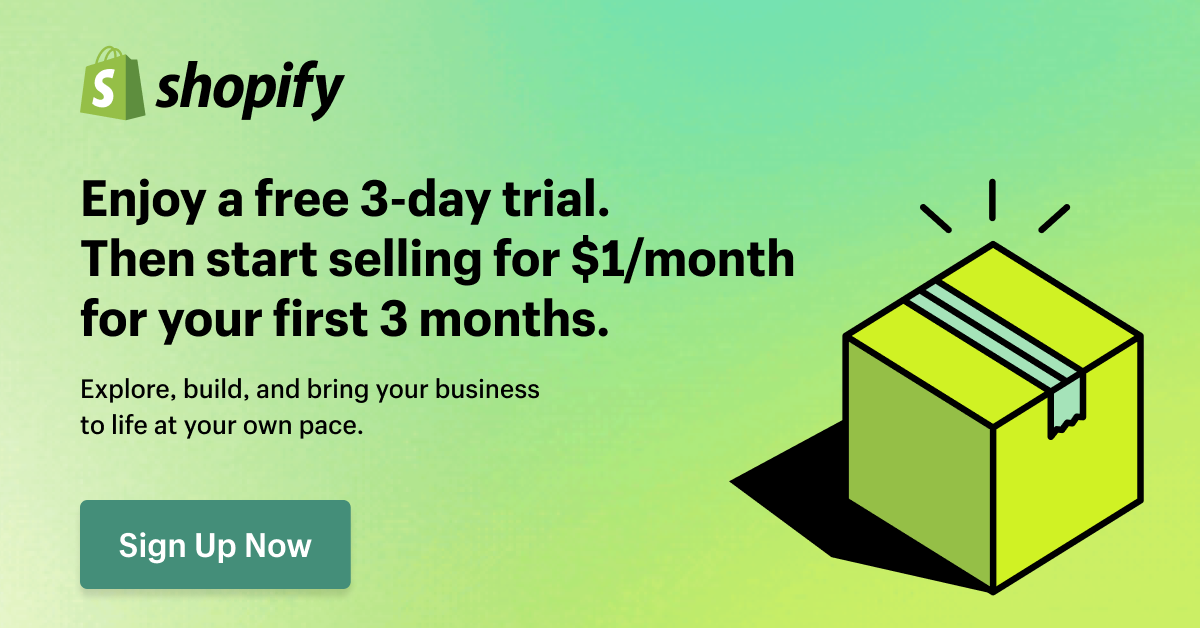
Try Shopify free for 3 days, no credit card is required. By entering your email, you agree to receive marketing emails from Shopify.

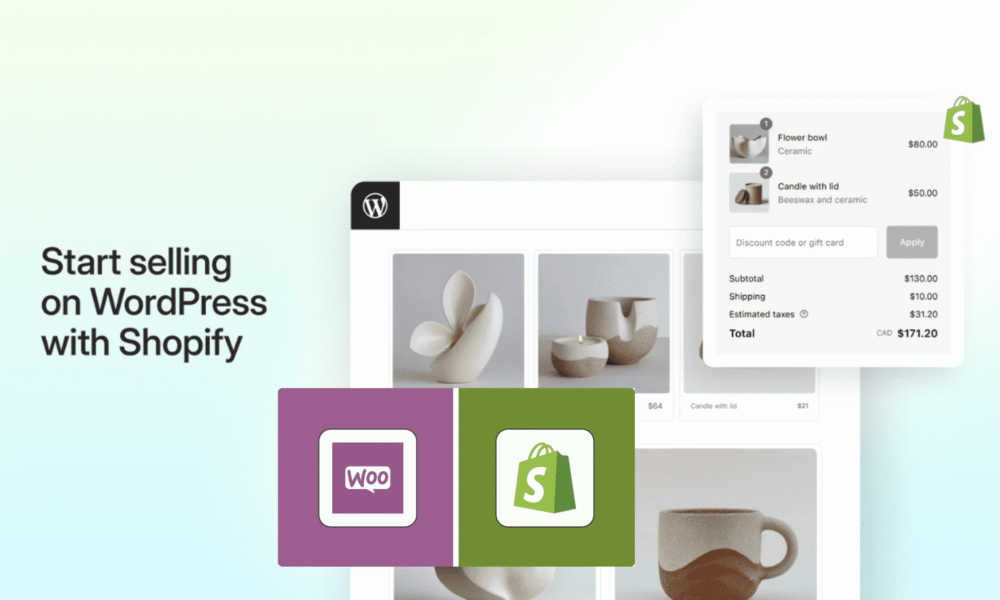
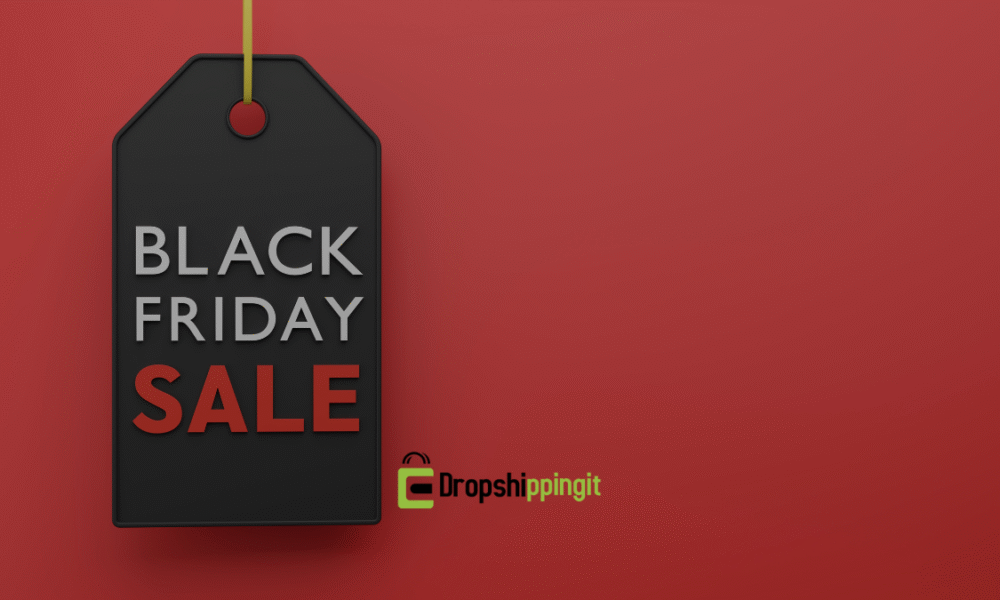

Comments (0)